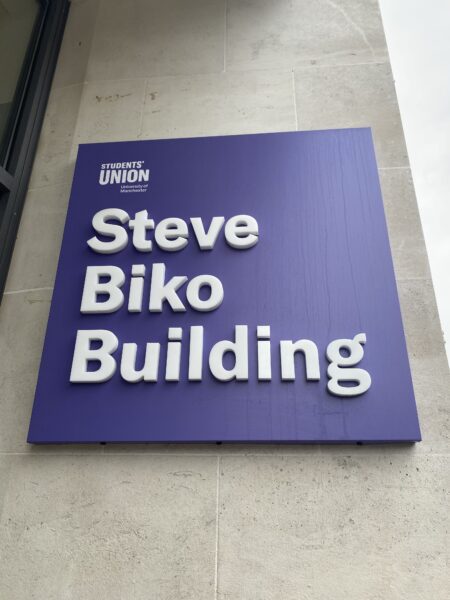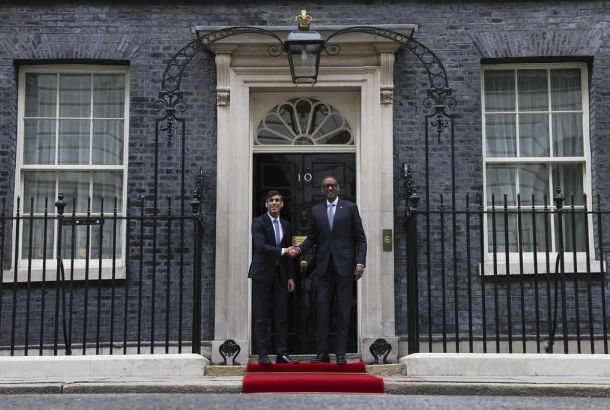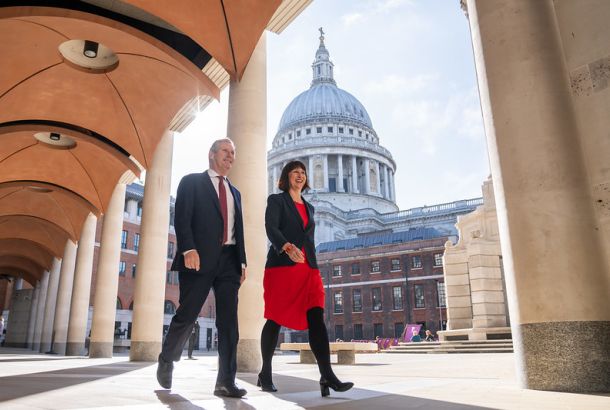Why are so many of my university buildings named after men?

As an English Literature student, I have been taught in multiple buildings across my three years of studying at the University of Manchester. I’ve been tired in 9ams in the Roscoe Building, lost in the endless corridors of Sam Alex, and had countless lectures in the Kilburn Building. But, in contrast to the breadth of authors I’ve studied inside them, what do these buildings have in common? They’re all named after white men.
This isn’t simply a theme for the buildings I happen to have studied in. There are buildings named after Ernest Rutherford, Alan Turing, Alan Gilbert, Stephen Joseph, John Owens, Charles Beyer… The list could continue for some time.
The aforementioned buildings, amongst others, see white men making up the vast majority of namesakes for buildings on the main University campus. However, it gets even worse on the North Campus, where every single building is named after a man. The 11 buildings in total include namesakes such as Michael Faraday and John Garside.
On the Main Campus, there is a Carys Bannister Building, named after the first British female neurosurgeon, and the Ellen Wilkinson Building, which takes its name from the Mancunian MP who attended the University. However, these women’s names are certainly few and far between. What’s more, the issue of representation still remains: both Carys Bannister and Ellen Wilkinson were white.
There are only two buildings on the University of Manchester’s campus to be named after a person of colour. The first is the Arthur Lewis Building, dedicated to the pioneering and Nobel Prize-winning economist. Lewis was the first Black lecturer in Britain, becoming a professor at Victoria University (which later became the University of Manchester) from 1947 to 1957.
The second is the University of Manchester’s Students’ Union, which, although known to many as simply “the SU,” is actually called the Steve Biko building. Renamed in 1977, the Students’ Union takes its name from the pioneering anti-apartheid activist from South Africa, who founded the Black Consciousness Movement and galvanised youth politics in his country.

To see arguably the central building on the University’s campus named after a Black activist from the past century is exactly the steps the University should be taking in diversifying its place names. However, the fact of the matter remains: a pair of buildings amongst a map dominated by white men does not reflect UoM’s student body. Nor does it encourage diversity in higher education.
The issue of naming and pioneers has become even more prevalent during the University’s bicentenary celebrations. When taking the bus up Oxford Road, I was particularly struck by a display next to Manchester Aquatics Centre. The sign, aiming to celebrate pioneers and Nobel Prize winners throughout the University’s 200 years, shows 14 figures related to UoM. Arthur Lewis is the only person of colour present. There are only five women. This plainly reinforces the fact that the University is not doing enough to celebrate and reflect the diverse student population which makes up its alumni community.
The bicentenary presents the perfect opportunity to change this. To bring the University firmly into the present day whilst still celebrating its past, there should be a reconsideration of the names of buildings at the University of Manchester. For example, it was recently revealed that the newest University space – creatively named the Engineering Building – is to be renamed after the departing President and Vice-Chancellor at UoM, Dame Nancy Rothwell.
Other buildings could follow suit, becoming dedicated to a new name without the controversy of explicitly renaming a building which is already dedicated to a figure. Two women who come to mind are Yomi Mambu, who was the first Black person to hold the title of Lord Mayor in England, and Louise Da Cocodia MBE, who was the first Black senior nursing officer in Manchester.
Equally, another building without a name, the Chemistry Building, could be renamed after a female scientist with links to the University. Pioneering women who lived in Manchester include Marie Stopes, who was appointed the first female academic at UoM in 1904. She lectured in palaeobotany, and also campaigned widely for birth control for women, opening the first birth control clinic in the country in 1921. It’s uninspiring to study in a building with such a basic name, something also prominent in the countless lecture halls that could take a namesake which honours the achievements and progress paved by women in Manchester.
Using the bicentenary celebrations to inaugurate new building names would be a first step in making our campus more reflective of its student population. What better moment than the present, when UoM is particularly focused on celebrating both its past and its future? It seems frankly ridiculous that there aren’t more than a handful of women or two people of colour to honour throughout the University’s 200-year history.
The spaces we are in shape our daily experiences. Yes, we do need to celebrate pioneers in Manchester, and yes, due to the history of white patriarchal power, many of the city’s forerunners have been white men. However, putting intersectionality at the heart of our city and campus planning is vital in making sure that the spaces we interact with reflect the communities which use them.







